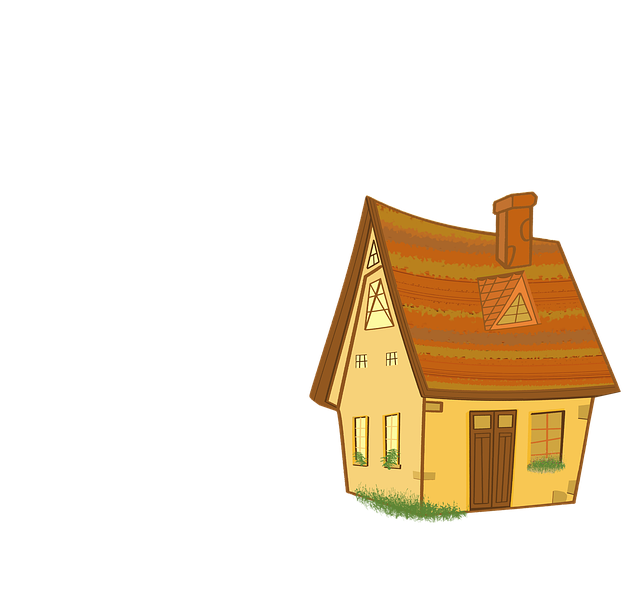In today's market, consumers are increasingly conscious of the cost-value equation for exterior upgrades like energy-efficient siding. A strategic approach involves evaluating return on investment (ROI) by considering immediate expenses and long-term savings. High-quality options like durable vinyl or fiber cement siding offer better insulation, resistance to damage, and longer lifespans compared to traditional wood siding, leading to reduced energy bills and a smaller carbon footprint. Case studies show that despite higher upfront costs, energy-efficient siding can significantly increase property value through long-term savings and enhanced curb appeal.
In today’s market, exterior upgrades offer a powerful way to enhance curb appeal and home value. However, achieving a harmonious balance between cost and value is essential for savvy homeowners. This article guides you through navigating this landscape, focusing on strategic budgeting and the benefits of energy-efficient siding. We explore real-world case studies, demonstrating successful balancing acts that maximize returns on investment. By understanding long-term savings and smart material choices, you’ll be equipped to transform your home’s exterior without breaking the bank.
Understanding the Importance of Cost-Value Balance in Exterior Upgrades
In today’s market, consumers are increasingly conscious of the cost-value equation, especially when it comes to exterior upgrades like energy-efficient siding. Understanding this balance is crucial for making informed decisions that enhance property value while remaining budget-friendly. A common pitfall is focusing solely on the initial cost, leading to choices that may not offer long-term benefits or fail to meet expectations in terms of aesthetics and performance.
A strategic approach involves evaluating the overall return on investment (ROI). Upgrades like energy-efficient siding not only reduce utility bills but also increase a home’s resale value. By considering both immediate expenses and potential savings, homeowners can ensure their exterior enhancements provide tangible benefits for years to come.
Evaluating Energy-Efficient Siding: Long-Term Savings and Benefits
When considering exterior upgrades, evaluating energy-efficient siding can be a game-changer for your wallet and the environment. While the initial cost may seem steep, this investment offers long-term savings and benefits. Energy-efficient siding is designed to insulate your home better, reducing heat transfer and regulating indoor temperatures. This means lower heating and cooling bills throughout the year, with some types even offering up to 25% energy efficiency improvement.
Over time, these savings can offset the installation costs and contribute to a more sustainable lifestyle. Additionally, many energy-efficient siding options come with warranties, ensuring their durability and longevity. As a result, you’ll not only enjoy a comfortable living environment but also make a positive impact on the planet’s health by reducing your carbon footprint.
Strategies for Smart Budgeting: Prioritizing Features and Materials
When budgeting for exterior upgrades, prioritizing features and materials is key to ensuring you get the most value for your investment. Start by evaluating your home’s current state and identifying must-have upgrades versus nice-to-haves. Opting for energy-efficient siding, for instance, can significantly reduce heating and cooling costs over time, making it a smart long-term investment.
Consider the cost-per-square-foot of different materials to stay within your budget. Higher-end options like durable vinyl or fiber cement siding might be pricier upfront, but they offer better insulation, resistance to rot and damage, and longer lifespans compared to traditional wood siding. This longevity translates into savings on future repairs and replacements.
Case Studies: Successful Balancing Acts between Cost and Value in External Renovations
In the realm of exterior renovations, case studies offer tangible examples of successful balancing acts between cost and value. One standout example involves a homeowner who opted for high-quality, energy-efficient siding. While the upfront cost was significantly higher than traditional options, the long-term savings on energy bills more than offset the initial investment. This project not only increased the property’s curb appeal but also served as a strategic investment in the home’s overall value.
Another compelling case involves a mid-century modern residence that underwent a meticulous restoration. The renovation team prioritized materials that blended both historical accuracy and modern functionality, including energy-efficient windows and roofing. Though these components carried a premium price tag, they contributed to a more comfortable living space and reduced the home’s carbon footprint. This blend of preservation and sustainability resulted in a property that not only met contemporary standards but also commanded a higher market value upon completion.
When embarking on exterior upgrades, balancing cost and value is key. By understanding the long-term benefits of energy-efficient materials like energy-efficient siding, prioritizing essential features, and learning from successful case studies, professionals and homeowners can make informed decisions that enhance curb appeal and property value while managing budgets effectively. These strategies ensure that renovation investments deliver both immediate satisfaction and sustainable returns.
